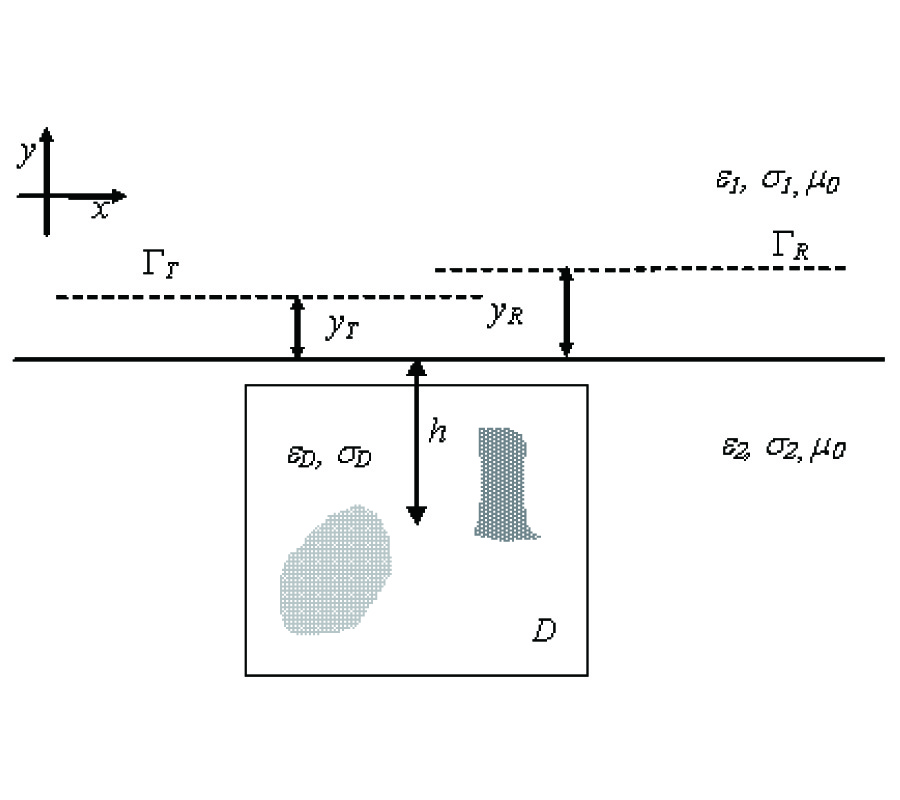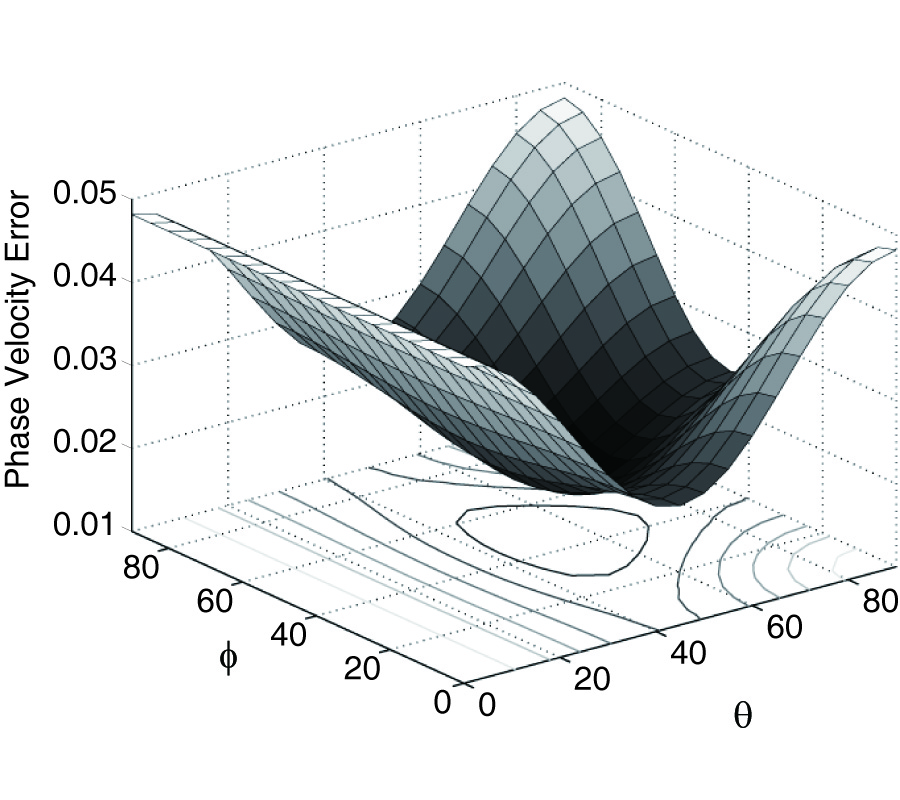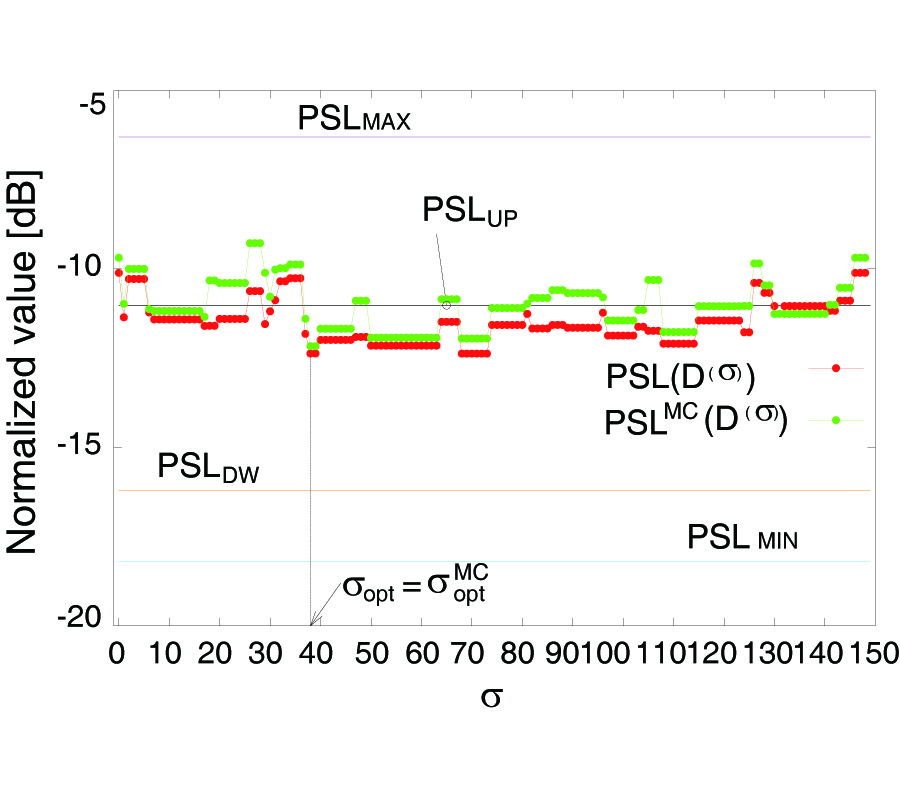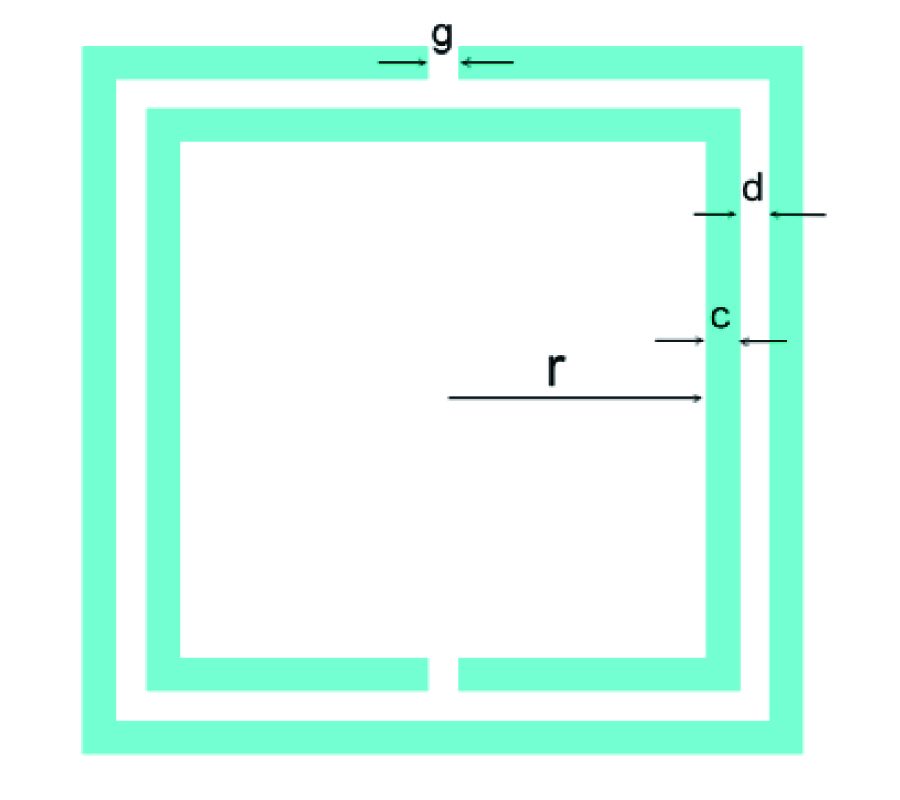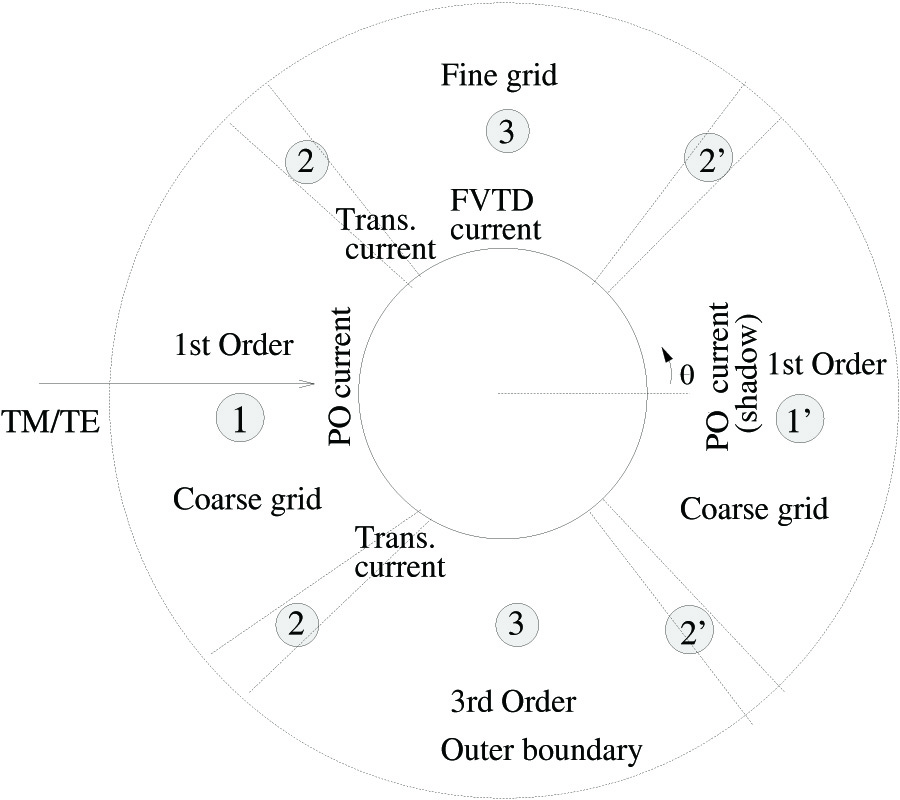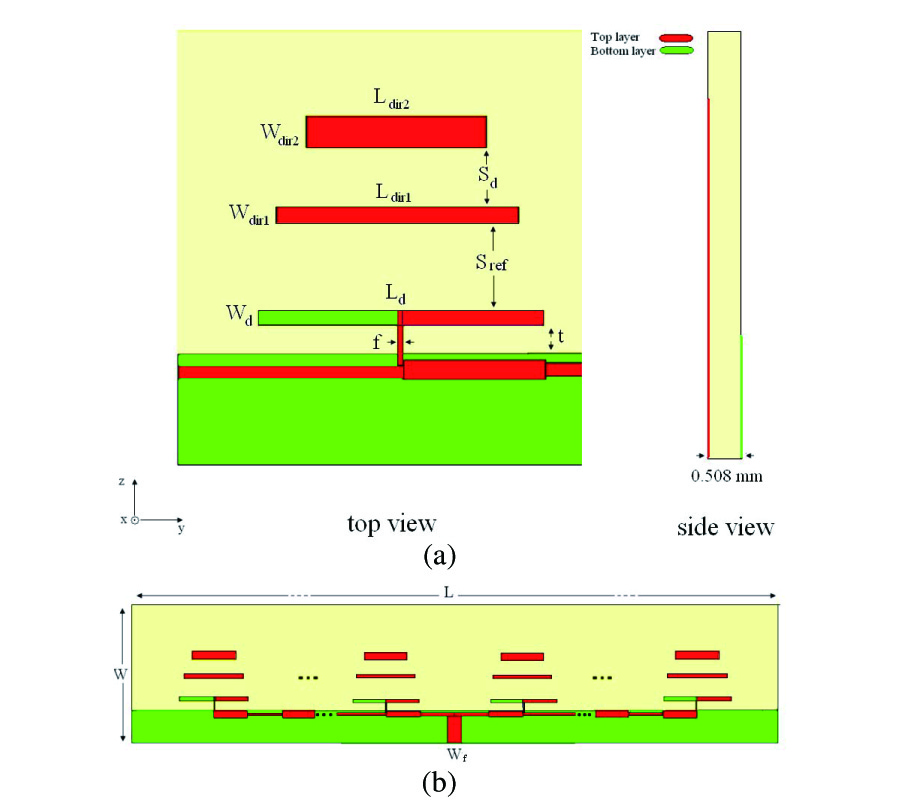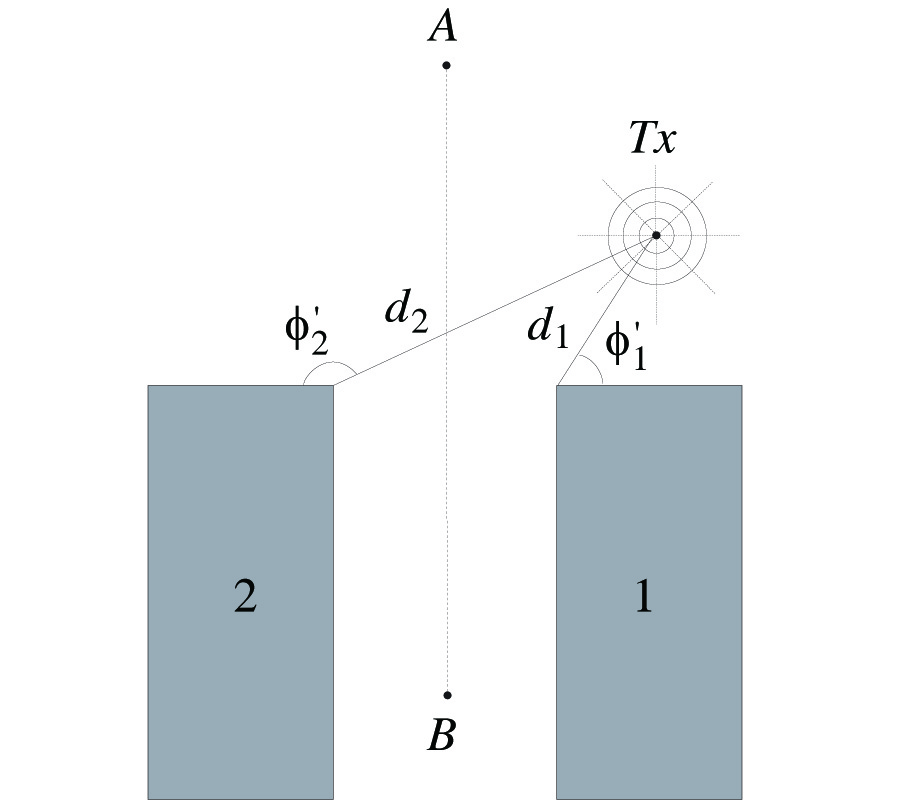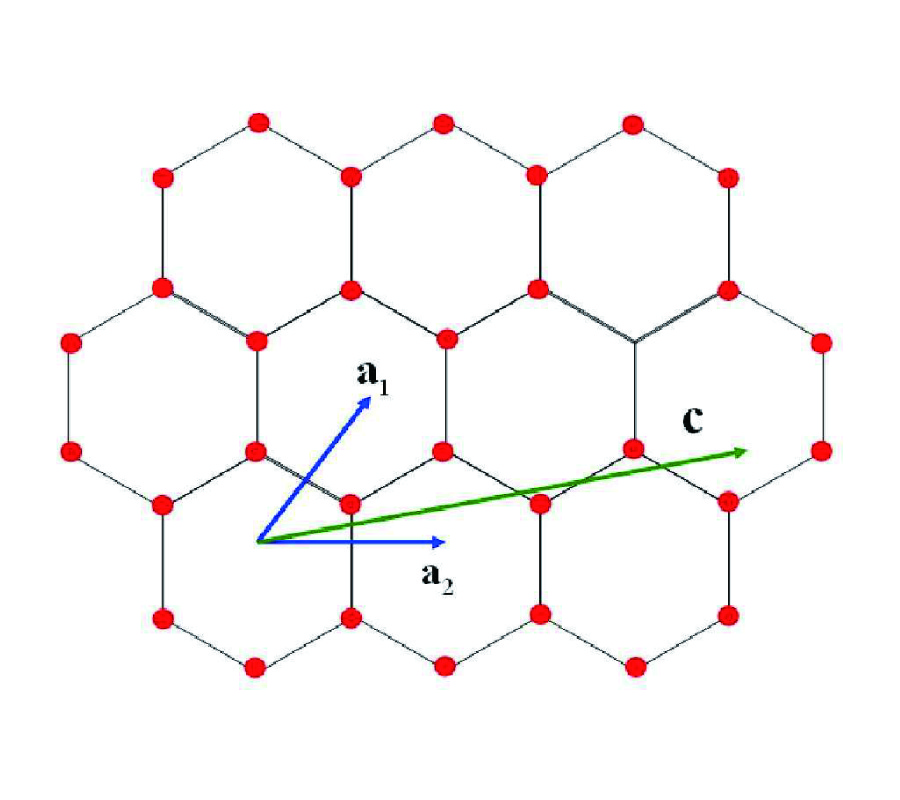Analysis of Clutter Reduction Techniques for through
Wall Imaging in UWB Range
Pramod Kumar Verma
,
Abhay N. Gaikwad
,
Dharmendra Singh
and
M. J. Nigam
Nowadays, through wall imaging (TWI) is a emerging topic of research in which one of the most important tasks is to minimize the clutter through which detection accuracy can be improved. Clutter in TWI is due to many reasons like wall coupling, antenna coupling, multiple reflections etc. To analyze the clutter reduction techniques, firstly we indigenously assembled a TWI system (i.e. step frequency continuous wave radar (SFCW)) in UWB range (freq. 3.95 GHz to 5.85 GHz), and different observations have been taken. We have considered metallic plate and one more material with low dielectric constant (Teflon) as a target and kept them behind the plywood wall. A-scan and B-scan observations have been carried out. The observed data are preprocessed for imaging and then different types of clutter reduction techniques like Principal Component Analysis (PCA), Independent Component Analysis (ICA), Factor Analysis (FA) and Singular Value Decomposition (SVD) have been applied, and results were analyzed. Signal to noise ratio (SNR) of the final images (i.e., after clutter removal with different techniques) has been computed to compare the results and know the effectiveness of individual clutter removal techniques. It is observed that ICA has better capability to remove the clutter in comparison to other applied techniques; especially it is found that ICA has a capability to distinguish the difference between clutter and low dielectric target whereas other clutter removal techniques are not showing significant result.
